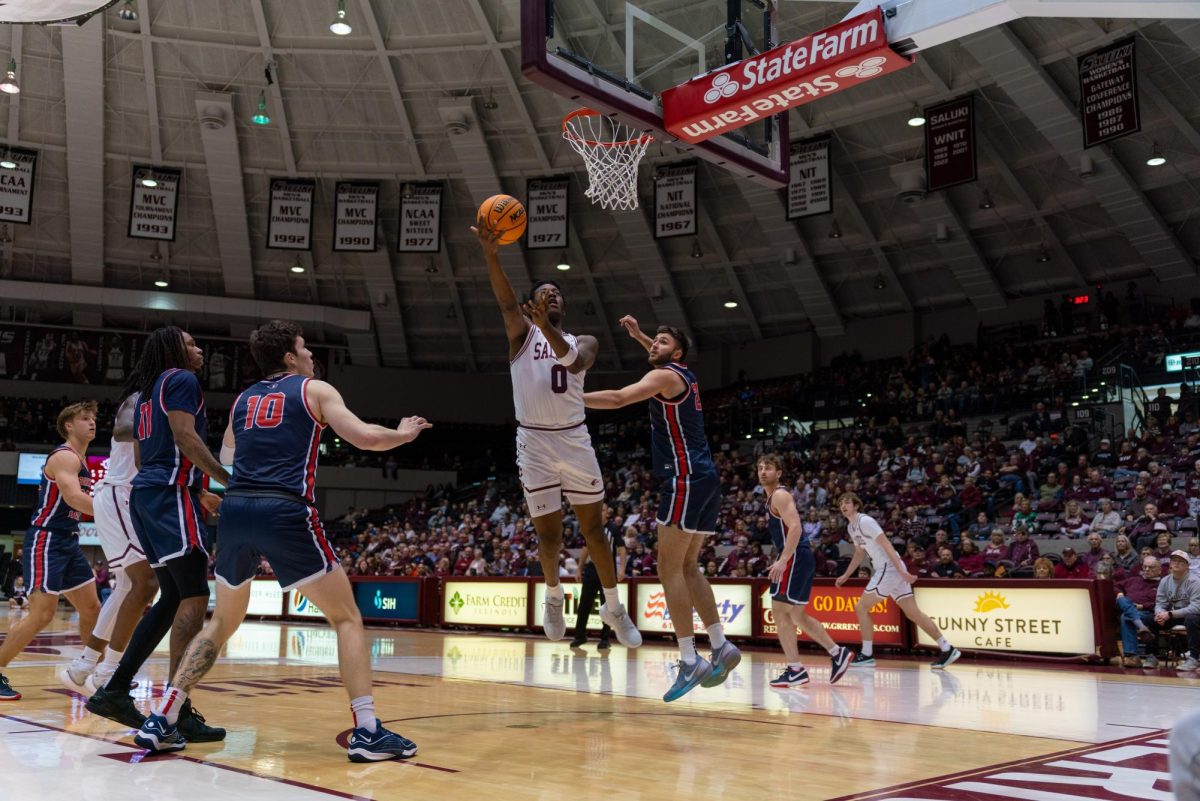Overcrowded classrooms hurt everyone
February 26, 2014
The public’s rightful concern for protecting special education students clouded the similar intentions of the Illinois State Board of Education in the board’s attempt to drop a long-standing rule regarding class ratios.
The board was set to vote Jan. 22 to drop the 70/30 rule stipulating no more than 70 percent of a class can be made up of general education students, and no more than 30 percent can be special education students. But because of overwhelming opposition, the board dropped the vote entirely.
Since February 2013, when the board proposed dropping the rule, the state has received nearly 6,000 public comments. Only 365 of those comments were in favor of the board while the rest urged the ruling be kept.
Advertisement
Dropping the rule would have given school districts the authority to determine for the first time in more than 30 years how many special education students would be in general education courses.
Opponents feared that power to determine class makeup would be used to increase already overcrowded classrooms. The Illinois Education Association called the proposal the worst thing to happen to Illinois students in decades. Because of the state’s annual cuts to public education, opponents said if an already-struggling district were given the power, it might put students in an overcrowded, understaffed class, which would be difficult for both teachers and students.
Proponents said lifting the rule would have allowed special education students more class options as well as easing burdens on smaller school districts. The board’s intention in lifting the rule was to focus on students’ needs being met rather than a ratio. In smaller districts, the ratio limited some students from being able to join some classes.
Shelley Nacke, assistant superintendent for education services at Carpentersville District 300, said after the meeting in a press conference that students in her district would have had more curriculum options with lenient restrictions.
She voiced what many opponents felt but never vocalized: that the real issue is class size, not the 70/30 rule. The board had good intentions in dropping the rule in an attempt to provide more opportunities to special education students, but dropping the rule entirely was not the way to protect those students.
“There were many educators and parents who strongly opposed increasing class sizes and weren’t overly concerned about lifting the 70/30 rule. We are disappointed that the two issues were not considered separately on their own merits,” Nacke told the Northwest Herald.
Parents and educators have every right to fear school districts would have taken advantage of the authority to set limits. Because lifting the rule would undoubtedly save money for school districts that are fighting to keep enough teachers as it is.
Advertisement*
Overcrowded classes hurt all students, not just special education students. When one-on-one interaction is lost, the students don’t get the attention they need.
The board made a mistake in trying to drop the rule entirely and should have instead given the districts the authority to set limits but with a check and balance system to be held accountable.
Advertisement







